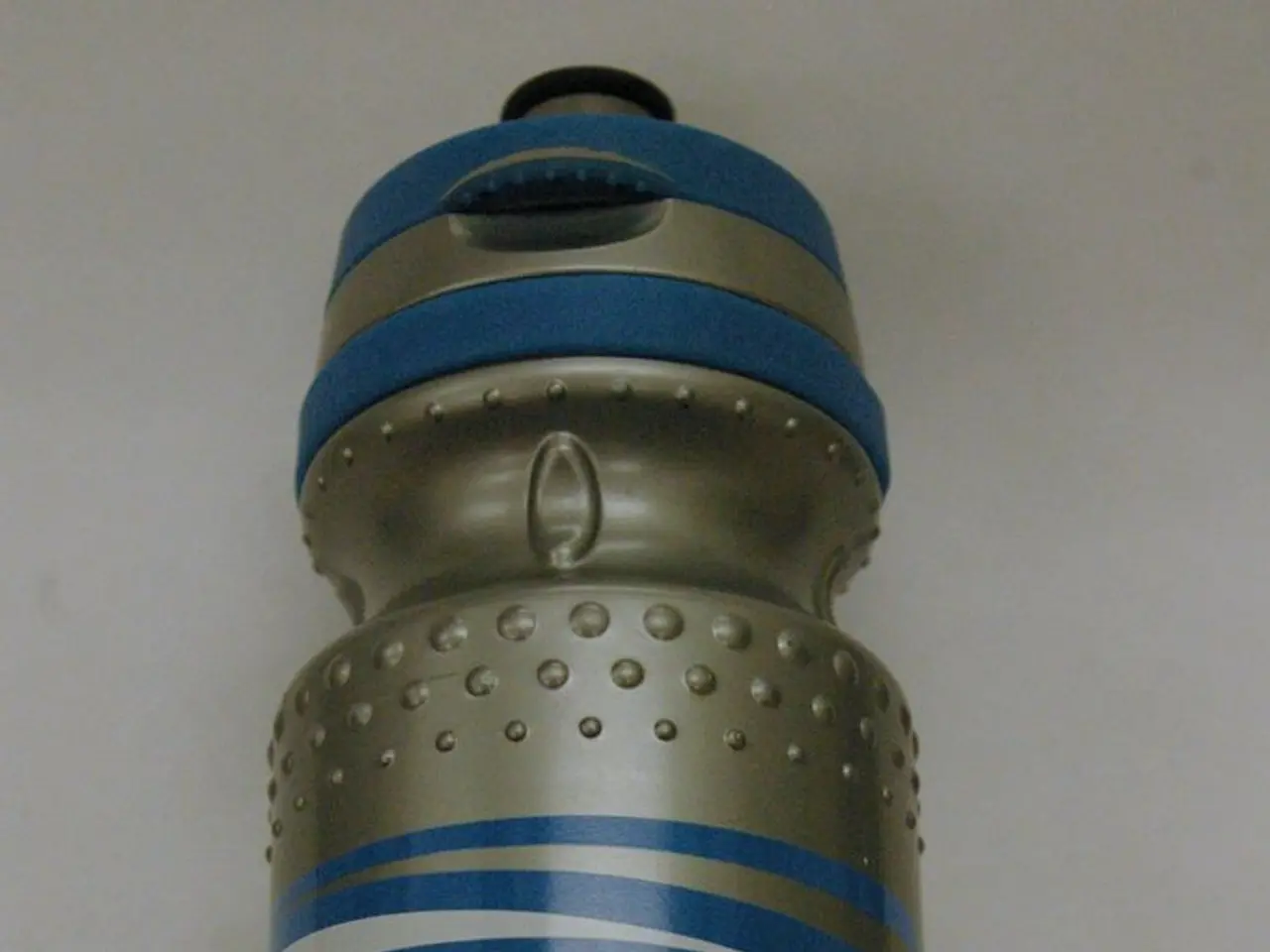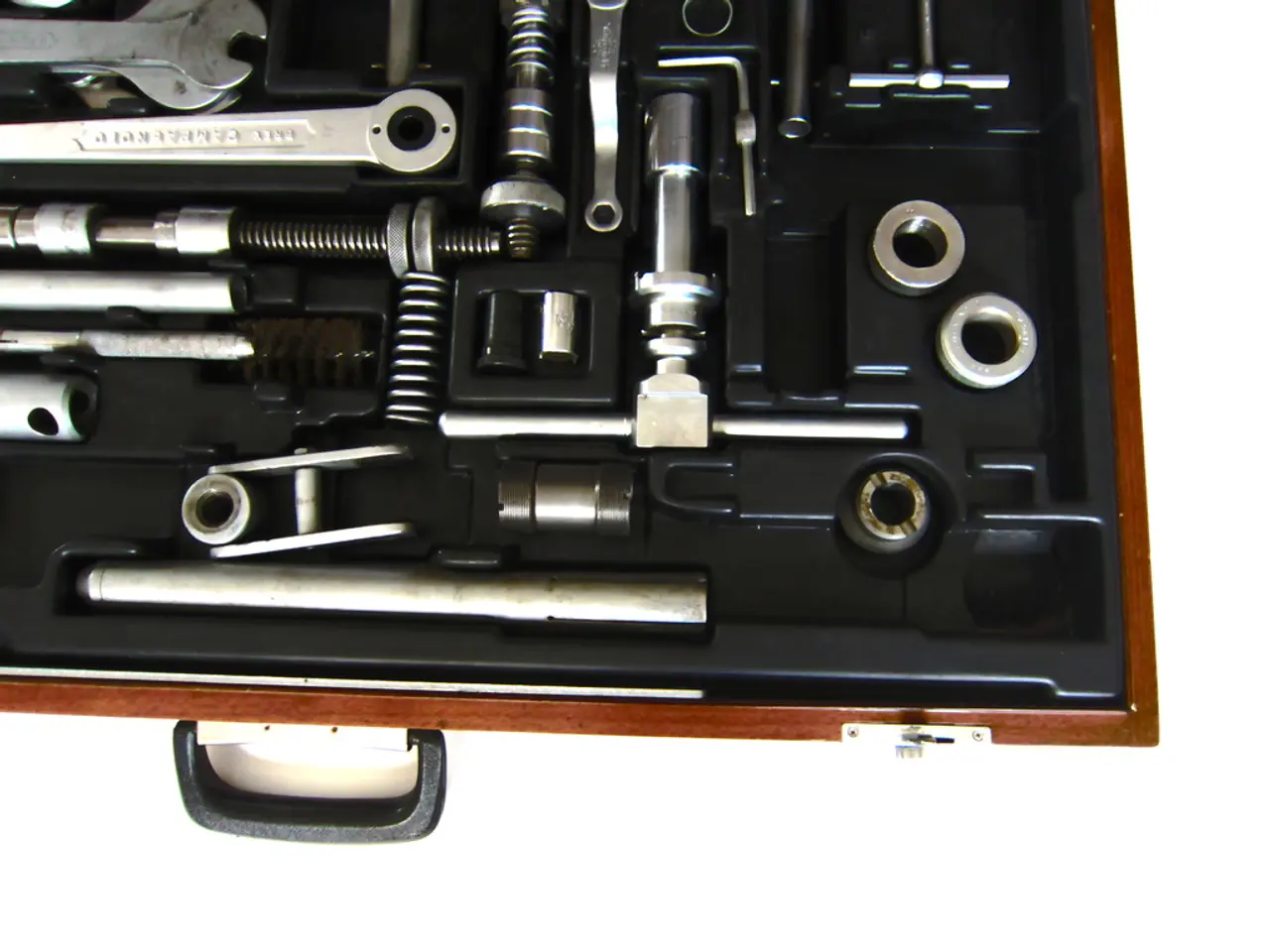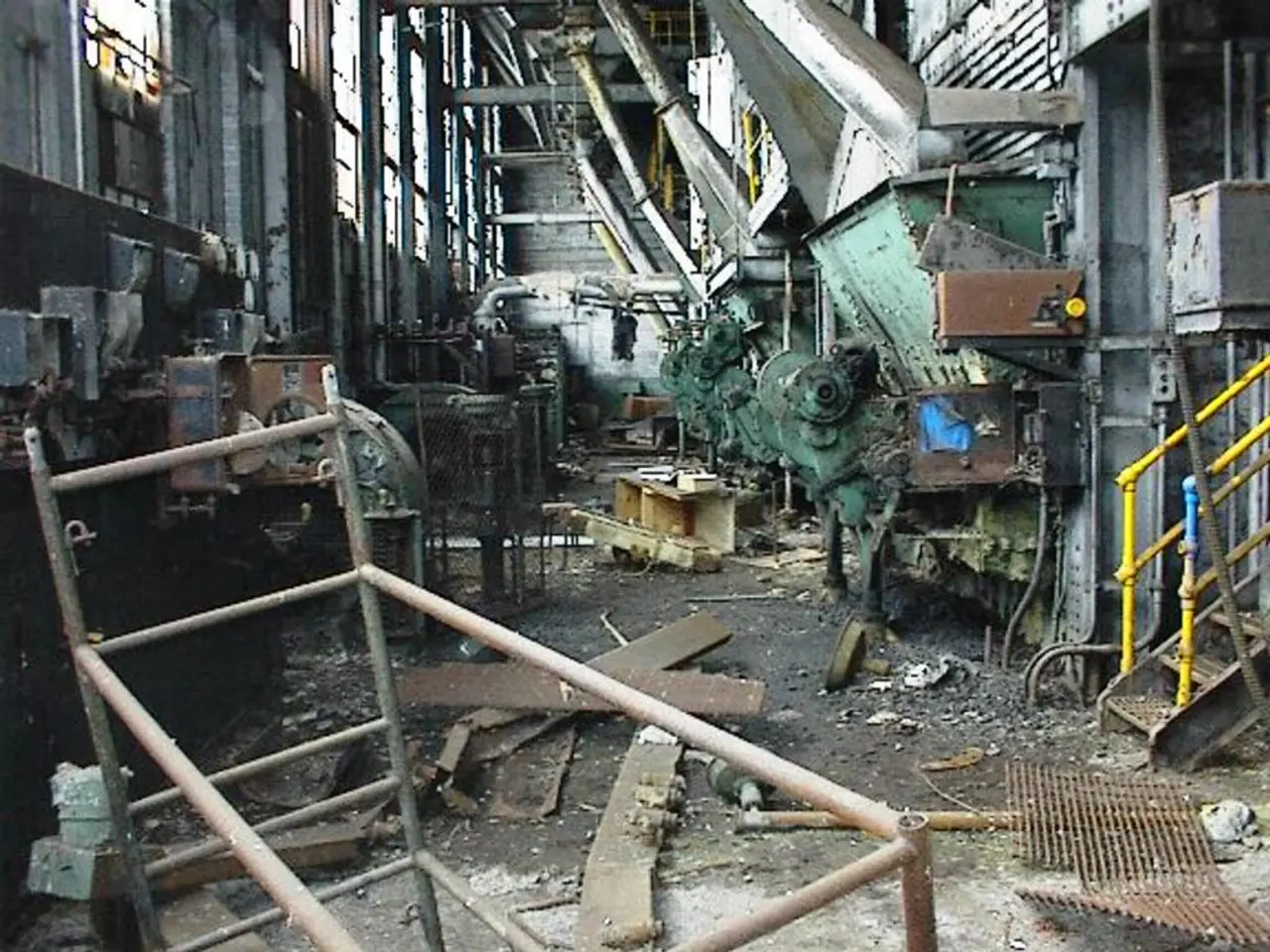Unveiling the In-depth Power and Accuracy of ICP-OES Analyzers!
Inductively Coupled Plasma Optical Emission Spectroscopy (ICP-OES) is a sophisticated analytical technique that has found widespread use in various industries due to its remarkable capabilities in elemental analysis. This advanced technology offers a range of key features that make it an invaluable tool in research, quality control, and regulatory compliance.
Key Features of ICP-OES
ICP-OES boasts high sensitivity and multi-element capability, able to detect and quantify over 70 elements simultaneously, covering nearly every metal on the periodic table with typical detection limits in the low parts-per-billion (ppb) range [4]. The technique employs an argon plasma at extremely high temperatures (6,000–8,000 K) to efficiently excite atoms, resulting in strong emission signals [4].
New technologies such as Dual Side-On Interface (DSOI) capture emitted light from both sides of the plasma, doubling sensitivity compared to conventional systems while maintaining simpler operation and lower costs relative to other dual-view models [2]. The high-energy plasma effectively atomizes samples, minimizing chemical and vaporization interferences common in other emission methods, though it requires sophisticated optics and software to handle spectral interferences [4].
Advantages in Various Industries
ICP-OES's versatility is evident in its applications across numerous industries. In the environmental sector, it enables sensitive detection of trace metals for pollution monitoring and regulatory compliance [1][3]. In the pharmaceutical and biotechnology industry, it supports drug discovery and quality control through accurate elemental analysis of raw materials and products [1][3].
In the food and agriculture sectors, ICP-OES ensures food safety and soil nutrient analysis by measuring elemental composition with high reliability [1]. For the energy and chemicals industry, it provides elemental profiling critical for materials quality assurance and process optimization in energy production and chemical manufacturing [5]. In the realm of nanotechnology and research, ICP-OES facilitates advanced materials characterization in academic and industrial labs due to its multi-element capability and accuracy [1].
Market and Operational Insights
The market for ICP-OES spectrometers is growing, projected to reach over USD 2 billion by 2032, indicating expanding adoption due to its performance advantages [1]. Although more expensive and complex than simpler emission methods (e.g., flame photometry), ICP-OES delivers superior sensitivity, throughput, and elemental coverage, which justify investment for high-demand analytical environments [4].
In conclusion, ICP-OES stands out for its capability to perform rapid, sensitive, and simultaneous multi-element analysis across many industries—from environmental to pharmaceutical to energy sectors—driven by its high-temperature plasma excitation, advanced detection optics, and broad elemental range [1][2][3][4][5]. This versatile and powerful solution offers invaluable data for quality assurance, regulatory compliance, and research, making it an indispensable tool in modern analytical chemistry.
ICP-OES, through its high-temperature plasma excitation and advanced detection optics, provides invaluable data for scientific research, specifically medical-conditions investigation, by facilitating rapid, sensitive, and simultaneous multi-element analysis. In the medical field, this technology could potentially contribute to understanding the elemental composition of biological samples, aiding in the diagnosis and treatment of various medical conditions.
Leveraging technologies such as Dual Side-On Interface (DSOI) enhances the method's applicability in the realm of technology. With its doubled sensitivity compared to conventional systems and simpler operation, DSOI can significantly boost the efficiency and effectiveness of ICP-OES in technological sectors, including the development and quality control of electronic devices and materials.




